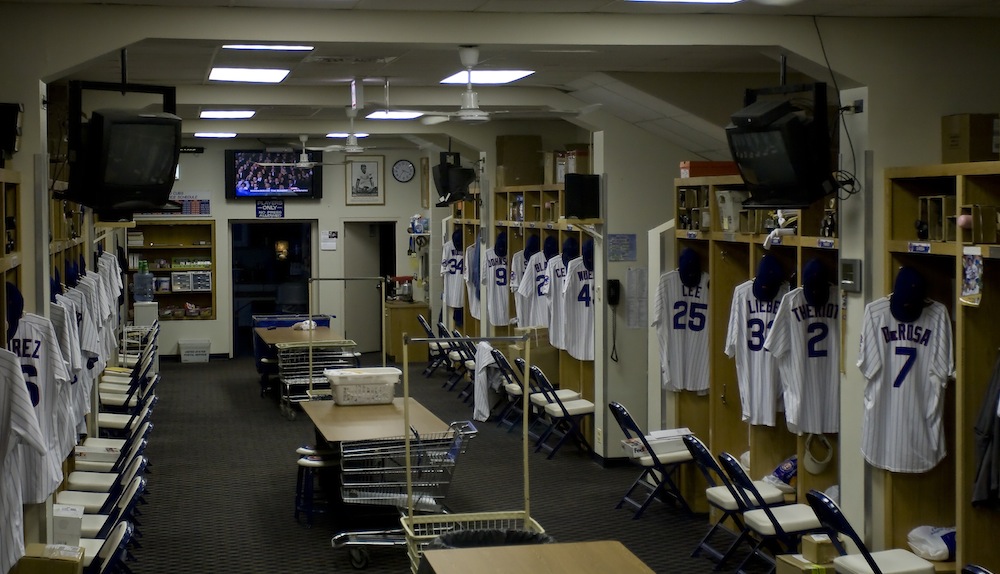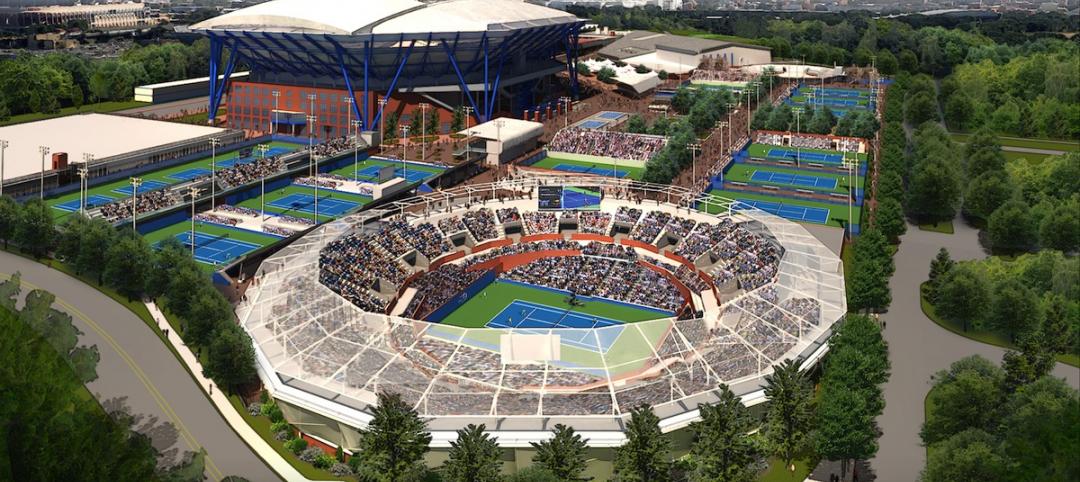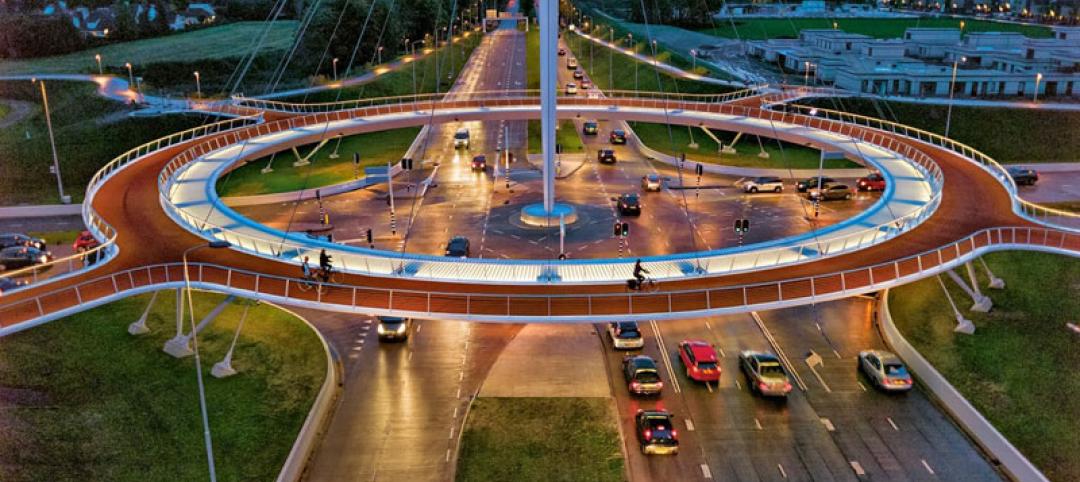For the Chicago Cubs, next year is here, at least in the literal sense. They play the Cincinnati Reds on Monday for their home opener, the first game at Wrigley Field in a promising 2016 season.
The game also marks the progression of the 1060 Project. Wrigley is in the process of modernization, and the latest update is that the Cubs’ new clubhouse is ready and the legendary marquee sign has been installed out front.
Wrigley’s old clubhouse, one of the worst in the majors, was 11,000 sf, a size that was acceptable generations ago but woefully small compared to the high tech, posh living rooms around the league. According to the Chicago Tribune, the new clubhouse is 30,000 sf. The space accommodates a larger locker room, a strength and conditioning center, training rooms, offices, and a lounge. The circular locker room has wood-paneled stalls centered around a central meeting area.
Home sweet(er) home! #LetsGohttps://t.co/A4qZxRGcZN
— Chicago Cubs (@Cubs) April 11, 2016
To find the space, the clubhouse was moved from the area underneath the seats behind the dugout to under an old parking lot on the west side of the ballpark. The old locker room will be turned into a batting cage. An open-air plaza will be built above the clubhouse.
Additionally, the signature red Wrigley Field marquee has been re-installed outside of the main entrance. EarthCam produced a time-lapsed video of crews putting it back together.
The Cubs are nowhere near done with the Wrigley overhaul. New clubs, decks, and outdoor concourses are being constructed, and a new umpire dressing room, visitors’ clubhouse, and press box are all in the works.
An outside development, including a six-story office building, 172-room hotel, open air plaza, and a bunch of commercial development spaces (restaurants, retail shops, an ice rink) will be built over the next few years.
The renovations started last year, when the Cubs revamped their outfield bleachers and erected two massive video boards.
Related Stories
| Apr 2, 2014
8 tips for avoiding thermal bridges in window applications
Aligning thermal breaks and applying air barriers are among the top design and installation tricks recommended by building enclosure experts.
| Mar 26, 2014
Callison launches sustainable design tool with 84 proven strategies
Hybrid ventilation, nighttime cooling, and fuel cell technology are among the dozens of sustainable design techniques profiled by Callison on its new website, Matrix.Callison.com.
| Mar 25, 2014
Sydney breaks ground on its version of the High Line elevated park [slideshow]
The 500-meter-long park will feature bike paths, study pods, and outdoor workspaces.
| Mar 20, 2014
Common EIFS failures, and how to prevent them
Poor workmanship, impact damage, building movement, and incompatible or unsound substrate are among the major culprits of EIFS problems.
| Mar 13, 2014
Do you really 'always turn right'?
The first visitor center we designed was the Ernest F. Coe Visitor Center for the Everglades National Park in 1993. I remember it well for a variety of reasons, not the least of which was the ongoing dialogue we had with our retail consultant. He insisted that the gift shop be located on the right as one exited the visitor center because people “always turn right.”
| Mar 12, 2014
14 new ideas for doors and door hardware
From a high-tech classroom lockdown system to an impact-resistant wide-stile door line, BD+C editors present a collection of door and door hardware innovations.
| Feb 26, 2014
Billie Jean King National Tennis Center serving up three-phase expansion
The project includes the construction of two new stadiums and a retractable roof over the existing Arthur Ashe Stadium.
| Feb 14, 2014
First look: Kentucky's Rupp Arena to get re-clad as part of $310M makeover
Rupp Arena will get a 40-foot high glass façade and a new concourse, but will retain many of its iconic design elements.
| Feb 14, 2014
Crowdsourced Placemaking: How people will help shape architecture
The rise of mobile devices and social media, coupled with the use of advanced survey tools and interactive mapping apps, has created a powerful conduit through which Building Teams can capture real-time data on the public. For the first time, the masses can have a real say in how the built environment around them is formed—that is, if Building Teams are willing to listen.
| Feb 11, 2014
World's first suspended bicycle roundabout [slideshow]
Located in the Netherlands, the project was designed to promote a healthier lifestyle.

















